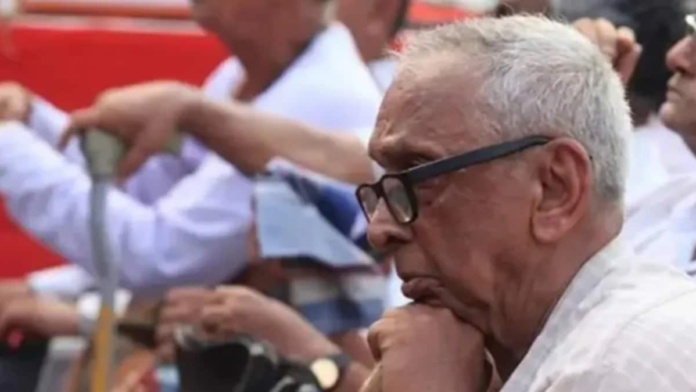Pension is the most critical financial support for senior citizens. After serving the country or state for a long time, every retired employee receives a fixed amount each month to help with their living expenses. Nowadays, not only government employees but also individuals working in private companies rely on their pensions after retirement. The pension system in India was introduced during the British period.
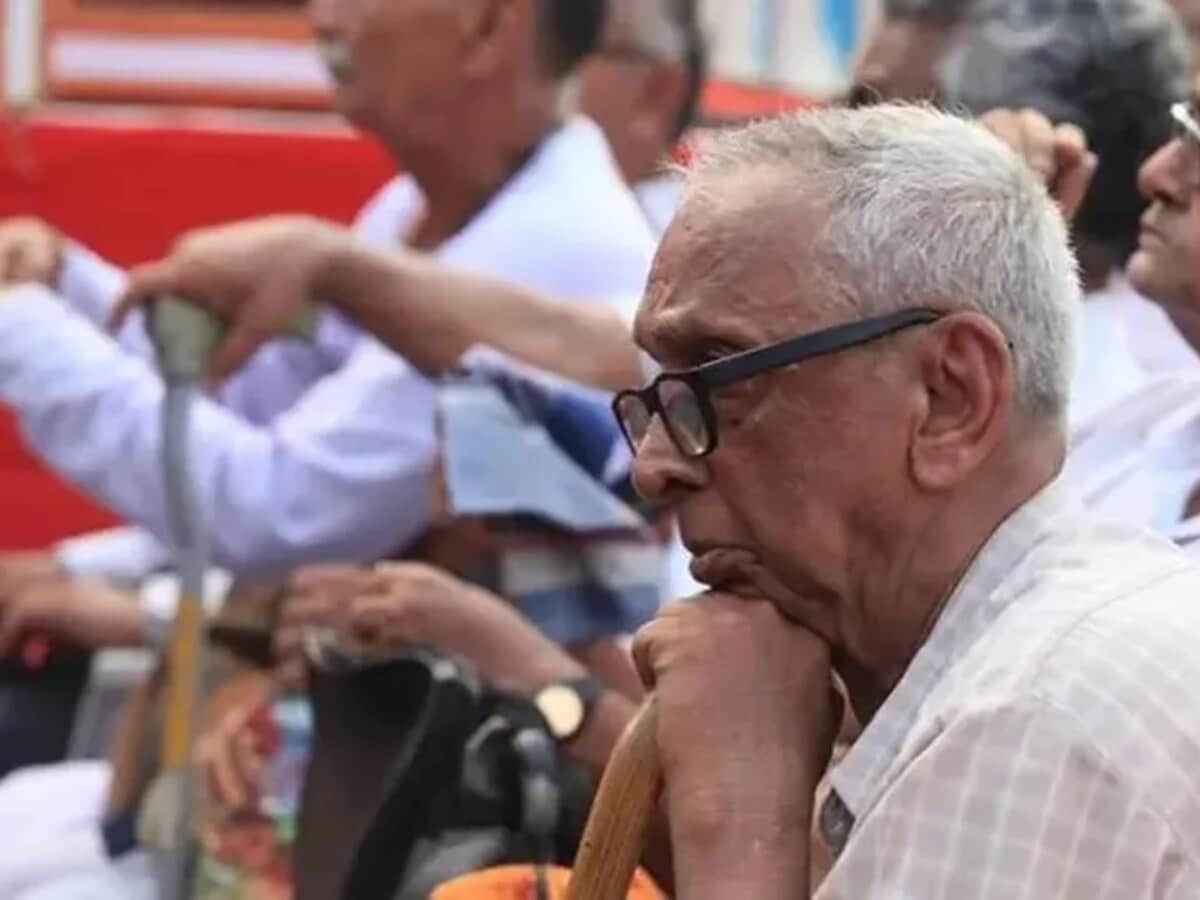
The history of pensions is more than 2,000 years old. According to historians, the pension system is first mentioned in the Roman Empire, initiated by Roman Emperor Augustus (27 BC-14 AD). At that time, this system was started for soldiers. Soldiers who served for a long time in the Roman army were given land or money upon retirement, enabling them to live a respectable life even after their service ended.
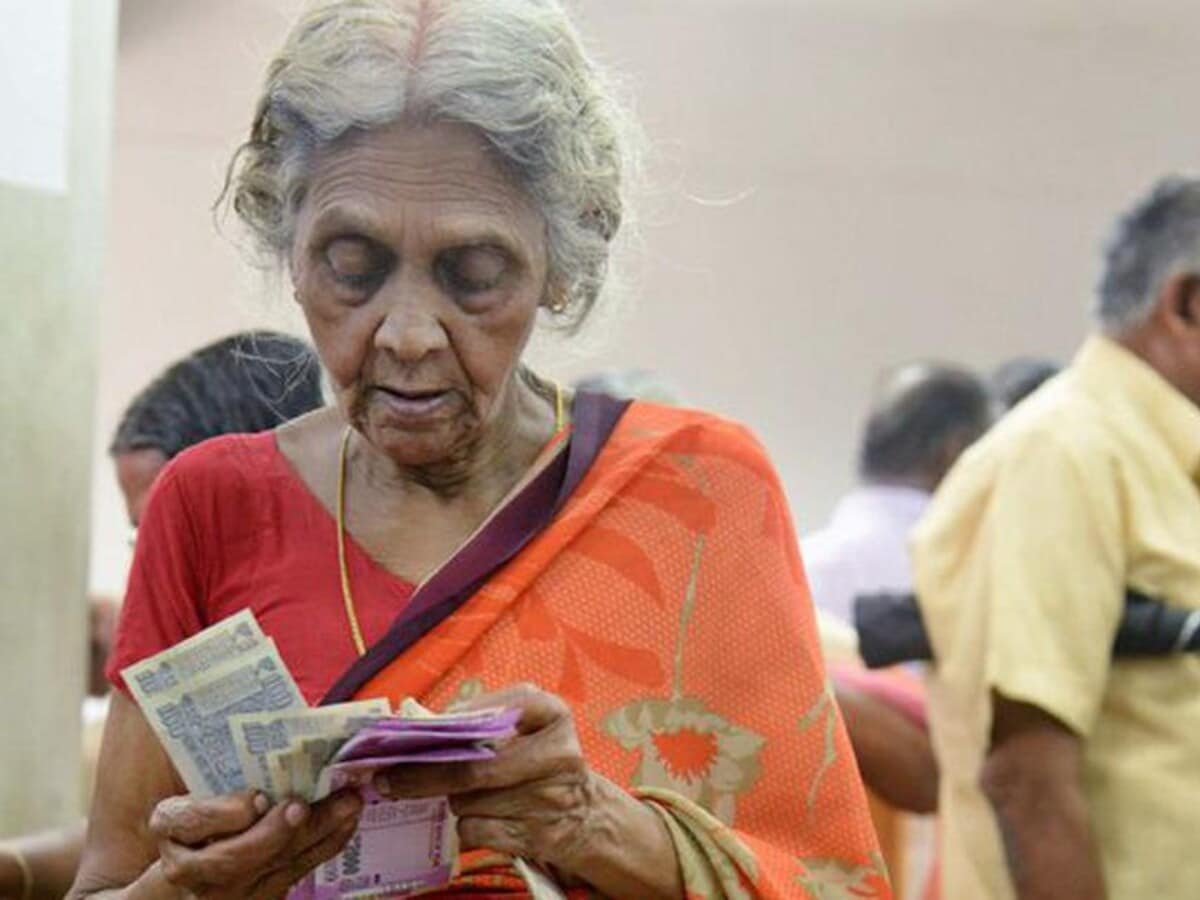
Within a few years, Indian soldiers and civil servants also began receiving pensions. Historians believe that the first pensions were given to British military officers, many of whom are still renowned today, such as Lord Cornwallis. It is not recorded who the first Indian pensioner was, but it is likely that one of the first individuals to retire from service was a sepoy or havildar who received a pension during British rule.
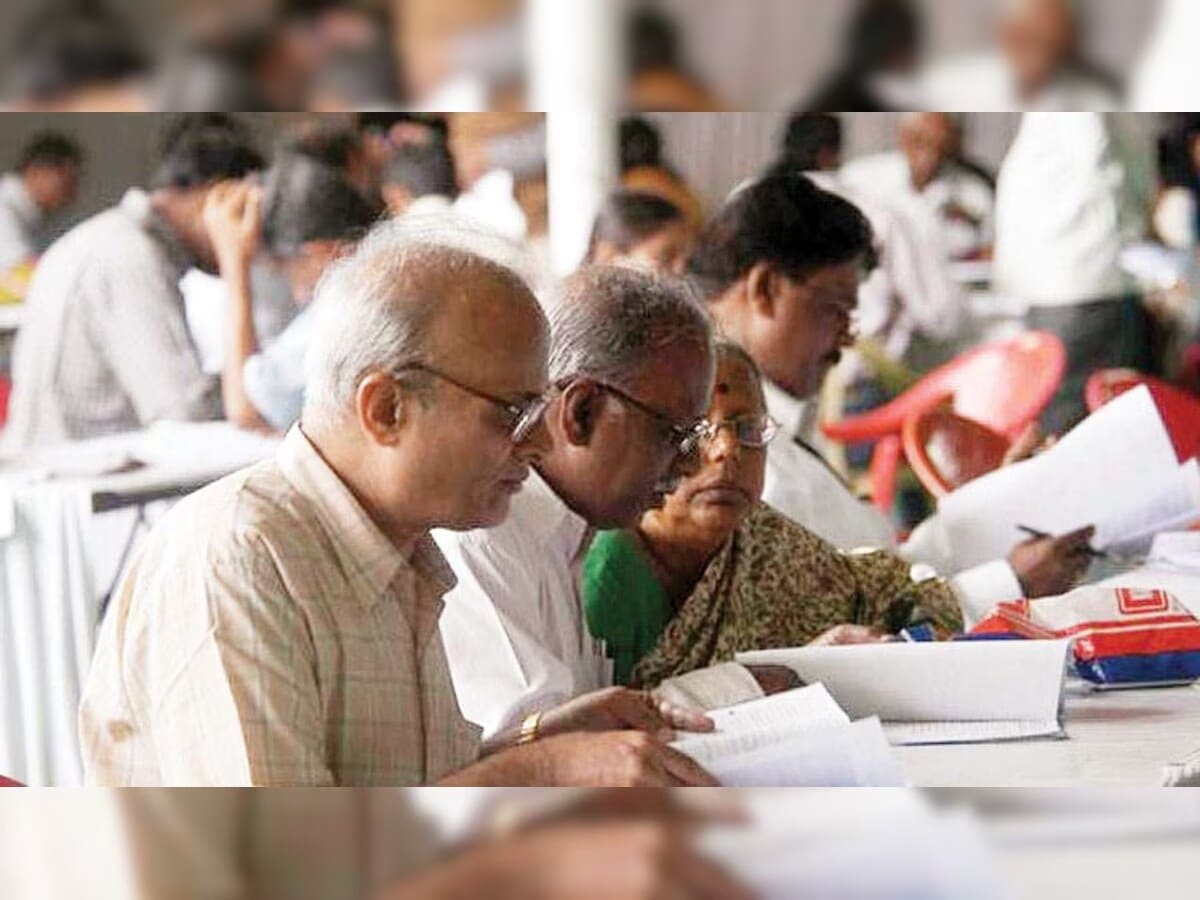
According to media reports, an ordinary soldier received a pension of Rs 4 to 7 per month, while a British officer received Rs 100 to 200 per month. Today these amounts seem very small, but at that time, Rs 1 could cover the expenses of an entire family for a month. Later, in 1889, German Chancellor Otto von Bismarck introduced the first public pension for senior citizens over 70 years of age, transforming the pension from an honour to a right and forming the foundation of social security systems.
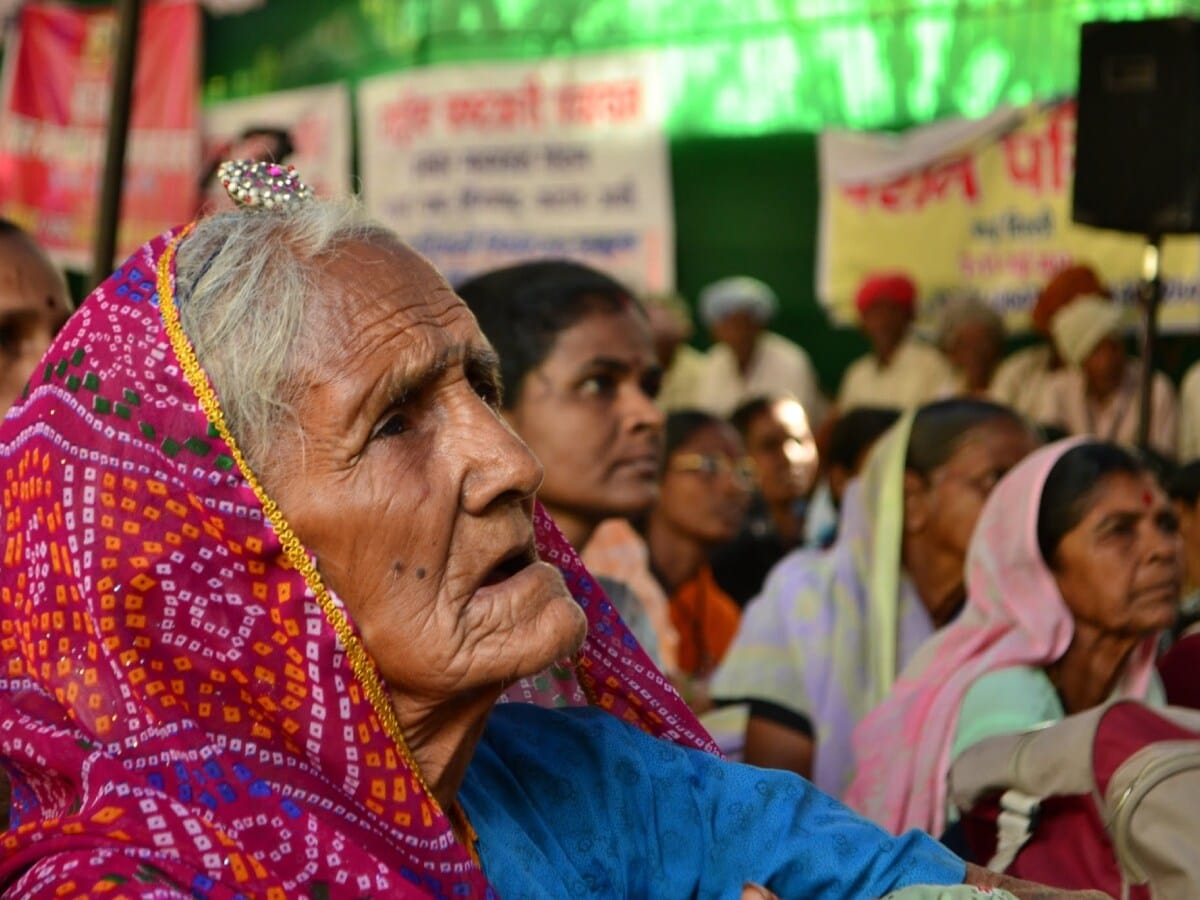
The history of pensions in India dates back to the British rule. The East India Company had made provisions for its officers and soldiers to receive some income upon retirement, thus giving rise to the concept of pensions out of necessity. For government employees, pensions were formally introduced in 1881. At that time, this amount was considered the minimum required for a retired person to live without worrying about food, water, or shelter.
